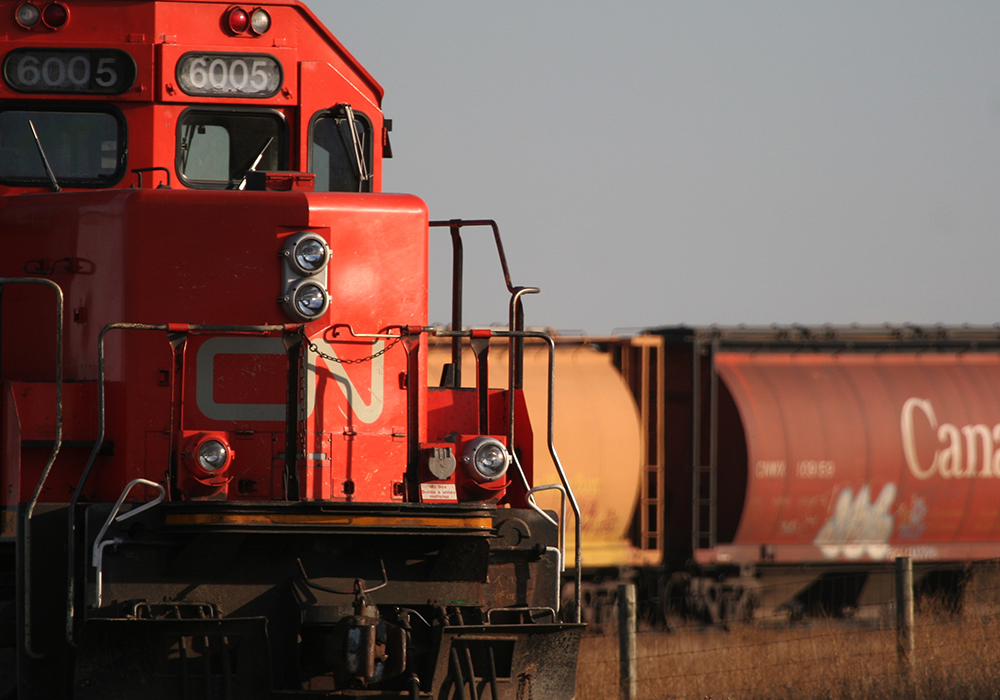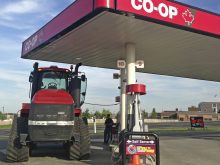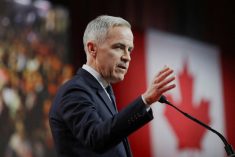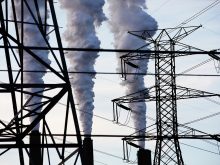Canadian Pacific Railway announced in December a pilot project to develop North America’s first line-haul hydrogen-powered locomotive to evaluate the technology’s readiness.
Globally, railways, truckers and others are looking at a range of technologies and practices to reduce or eliminate their carbon footprint to address their contribution to climate change and to respond to pressures from governments and shareholders.
Do a web search for hydrogen rail, or hydrail as proponents call it, and you’ll find lots studies and pilot projects. They argue battery electric is not appropriate for zero-emission heavy haul, long distance and maritime freight. They believe hydrogen fuel offers the needed speed, range and power with zero carbon emissions from the vehicle.
Read Also
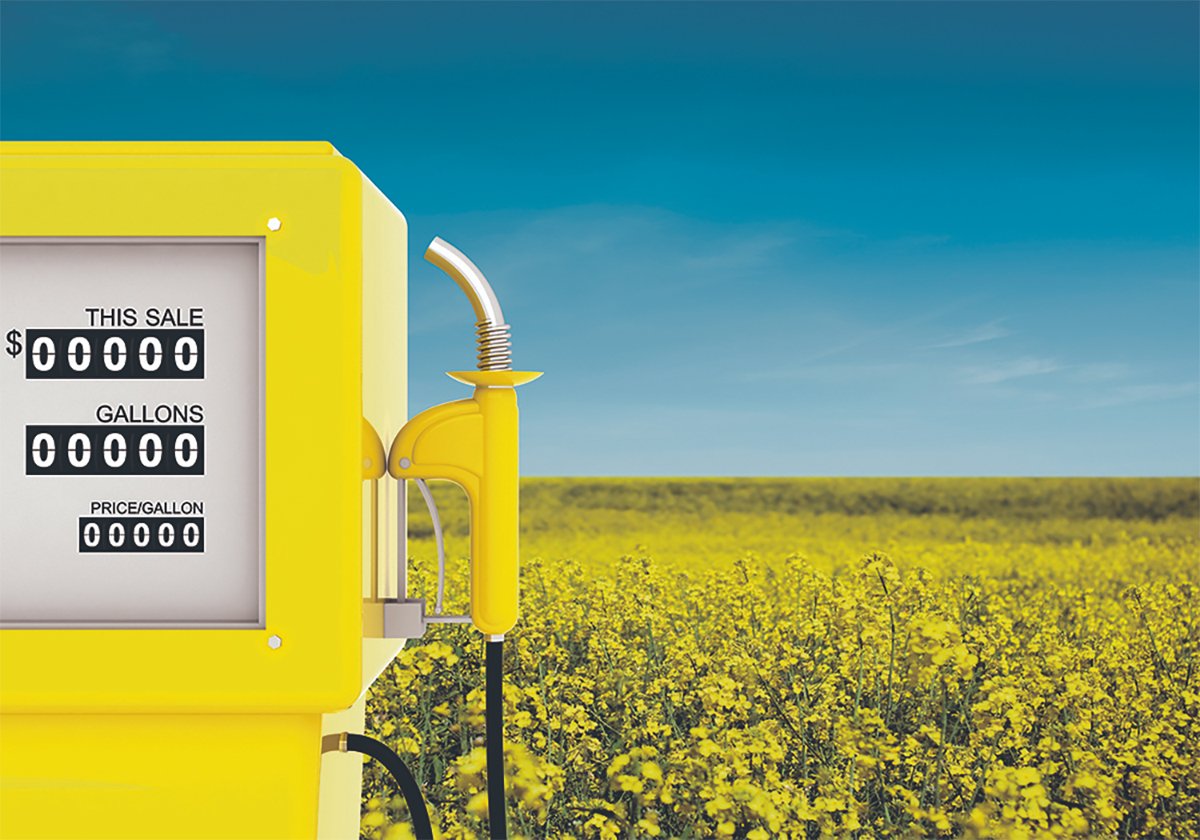
Biofuel sector happy with federal budget
Advanced Biofuels Canada says new Biofuel Production Incentive is a lifeline until CFR amendments are in place.
The fuel can be produced in several ways. It is known as grey hydrogen if made from natural gas, blue hydrogen if that process includes carbon capture and green hydrogen if produced from water using electrolysis powered by renewable electricity such as hydro, solar or wind.
And Calgary-based Proton Technologies is running trials at a Saskatchewan oil field of its system that initiates a process in the reservoir that breaks hydrogen free from the other hydrocarbons and uses a selective membrane to allow only the hydrogen to come to the surface to be harvested, leaving the CO2 underground.
I considered these developments as I read reports about the study that estimated Canadian farmers could pay $170 million to $180 million more per year on increased rail costs alone if the federal carbon tax rises to $170 per tonne by 2030.
The study, created for the Agricultural Producers Association of Saskatchewan, also tries to assess the many other costs that would go up in step with the rising carbon tax, including trucking, fertilizer, grain drying and electricity.
Combined, these rising costs threaten to drastically drop net farm income and hurt the competitiveness of western Canadian farmers against producers in other countries whose governments don’t enact climate change policy.
That is a disturbing prospect and Ottawa must ensure its environmental plans don’t sink Canadian agriculture.
But when I think of the CP’s hydrogen locomotive project, I wonder if the railways will use as much diesel and pay as much carbon tax in 2030 as we forecast.
There is no guarantee the hydrogen locomotive will be commercially feasible and even if it looks promising it would likely take more than 10 years to change locomotive fleets and build hydrogen production capacity and the infrastructure to deliver it.
But in 20 years would carbon-free railroads be possible? Who knows?
What is certain is that there is a lot of effort to develop technology and practices to avoid or minimize paying the carbon tax or any other restrictions on CO2 popping up globally, and not just from governments.
Banks and investors now demand climate action plans from clients.
For example, TCI Fund Management, the largest shareholder in CP and a major shareholder in Canadian National Railway and Union Pacific, according to its website requires each company it invests in to have a credible publicly disclosed plan to reduce greenhouse emissions and to fully de-carbonize by 2050.
It is not just freight handlers planning to de-carbonize.
Take CF Industries, the global fertilizer maker whose stable of facilities includes the plant at Medicine Hat, Alta.
In October it announced plans to cut carbon emissions by 25 percent by 2030 and to be net-zero carbon by 2050.
It will invest in CO2 sequestration and abatement projects across its facilities.
As the world’s largest ammonia producer it is also getting into the hydrogen fuel business. Farmers know ammonia (NH3) as a nitrogen fertilizer but it can also play a role in a hydrogen economy.
Liquid ammonia, with one atom of nitrogen and three of hydrogen, is rapidly being considered as the best way to store and move the fuel.
Ammonia can be used directly as a fuel or it can be reconverted into hydrogen for use with fuel cells.
CF plans to build a water electrolysis plant at its Donaldsonville, Louisiana, facility to make green hydrogen to produce 20,000 tonnes of carbon-free ammonia.
Meanwhile, at long last, there is now the database and the systems of measurement and verification to allow major companies such as Nutrien, Farmers Edge and others to introduce programs that will make it more mainstream for farmers to earn money from the carbon they capture through zero and minimum tillage.
How much revenue will farmers generate from these programs, which are possible only because there is a price on carbon, by the time 2030 rolls around?
Working up a forecast to answer that involves as many assumptions and unknowns as figuring out how much carbon tax you’ll pay a decade from now.
When I asked my Magic 8 Ball, the answer was “reply hazy, try again.”

